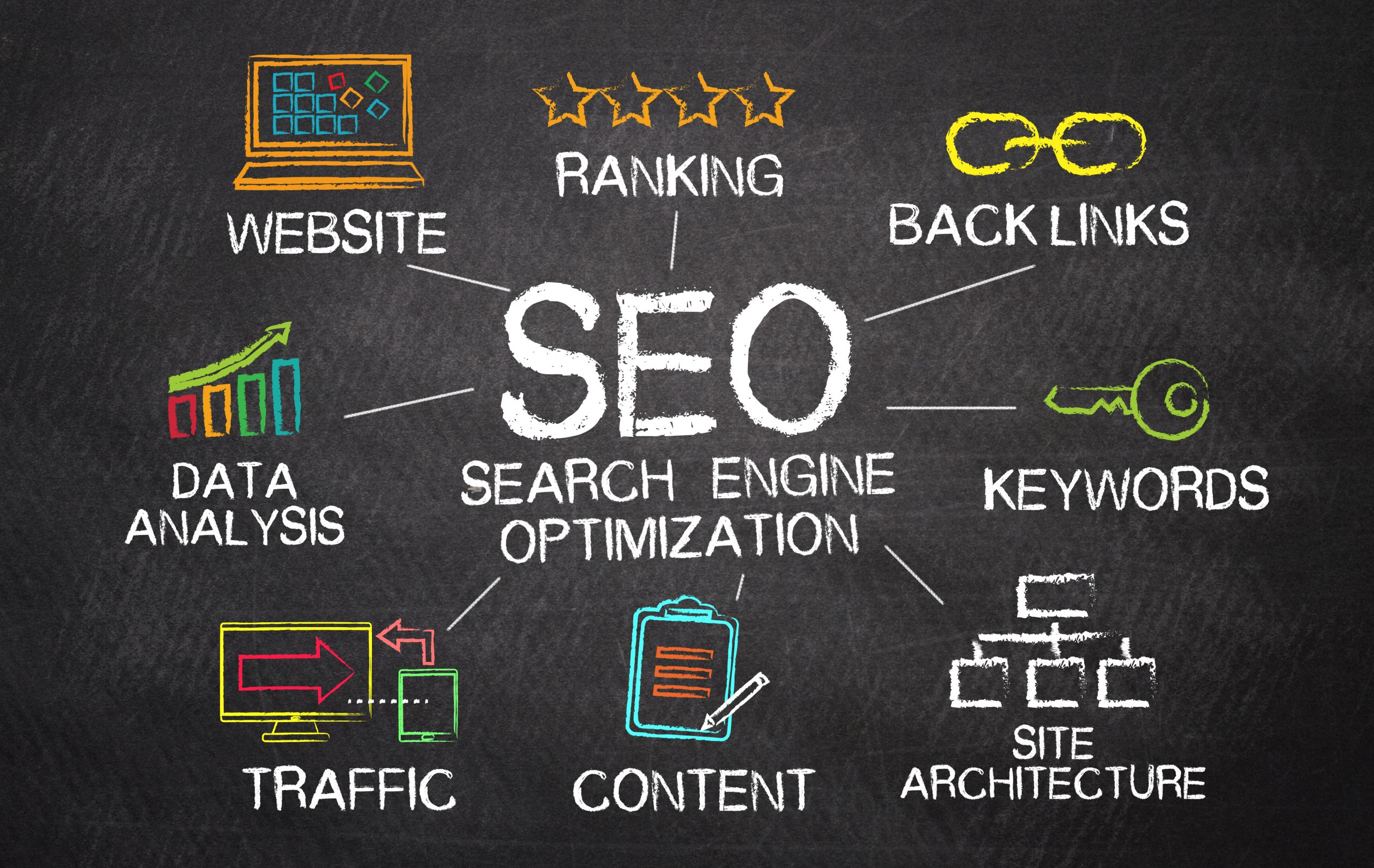
In an ever increasingly visual world, we can use images to make our content more appealing. Images add a visual aspect for the end user, but it doesn’t help crawlers to understand what the image is or what it is about. It’s important to optimise your images for search engine crawlers and improve the accessibility of your site.
There are a few ways that you can optimise images;
Naming Conventions
The first area you can optimise is the name of the image itself. Include the primary keyword associated with that image, e.g. “black-audi-a3.jpg” instead of “IMG34564.jpg”. Make sure you use hyphens to separate words for file names rather than underscores because search engines read hyphens and underscores differently. “black-audi-a3.jpg” would be read as “black audi a3” whereas “blac_audi_a3” would be interpreted as “blackaudia3”.
Image Size
As we all know, page speed is a ranking factor for Google. The bigger your image size the longer it takes for your page to load. It is important to optimise your file size without compromising the quality of the image itself. When creating images, try and make the dimensions the exact size you need. If you don’t have access to photo editing software there are online tools such as compressor io which will allow you to compress image file sizes down using either lossy or lossless compression, or Canva where you can create images.
Add a descriptive alt tag
Alternative text, or alt tag as it is more commonly known, should be used to to describe what the image is for both crawlers, devices that do not show images, when an image fails to load or for screen readers for the visually impaired.
When thinking about what an images alt tag should be it is important to think, not only in terms of what keywords should we include, but it should also be descriptive for users and tell them about the image. Search engines index these when scanning through websites, as these additional alt descriptions can help improve website visibility, as well as on-page SEO.
Html for example image above: <img src=”Image-SEO-Alt-Text-Wordpress.png” alt=”Image SEO – Descriptive Alternative text example in WordPress”>
Some areas you want to meet when adding this additional optimising factor are as follows:
- Make the image description as specific as possible
- 5 or 6 words and under 120 characters
- Use keywords on the page that are relevant in the alt text
- Don’t overuse keywords or “stuff” them in
- Don’t specify it’s an image as it’s already obvious
Displaying in Google Image Search Results
When using Google Image search, users will often click through to a website based on the image results, which can help boost organic traffic to your site. With a reported 20%-60% potential boost of traffic from Google Image search, there really is no negatives to making sure you have well optimised images.
Image Sitemaps
You can create a separate image sitemap which can then be submitted in Google Search Console to give the search engine more information on the images that are available on your site, increasing the potential for your images to appear in the image search results.
As well as contributing to the user experience of your site, image optimisation can help with SEO and can play a role in helping conversions so make sure you don’t forget this when creating your content.

Share With The World